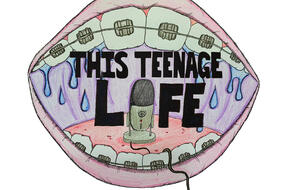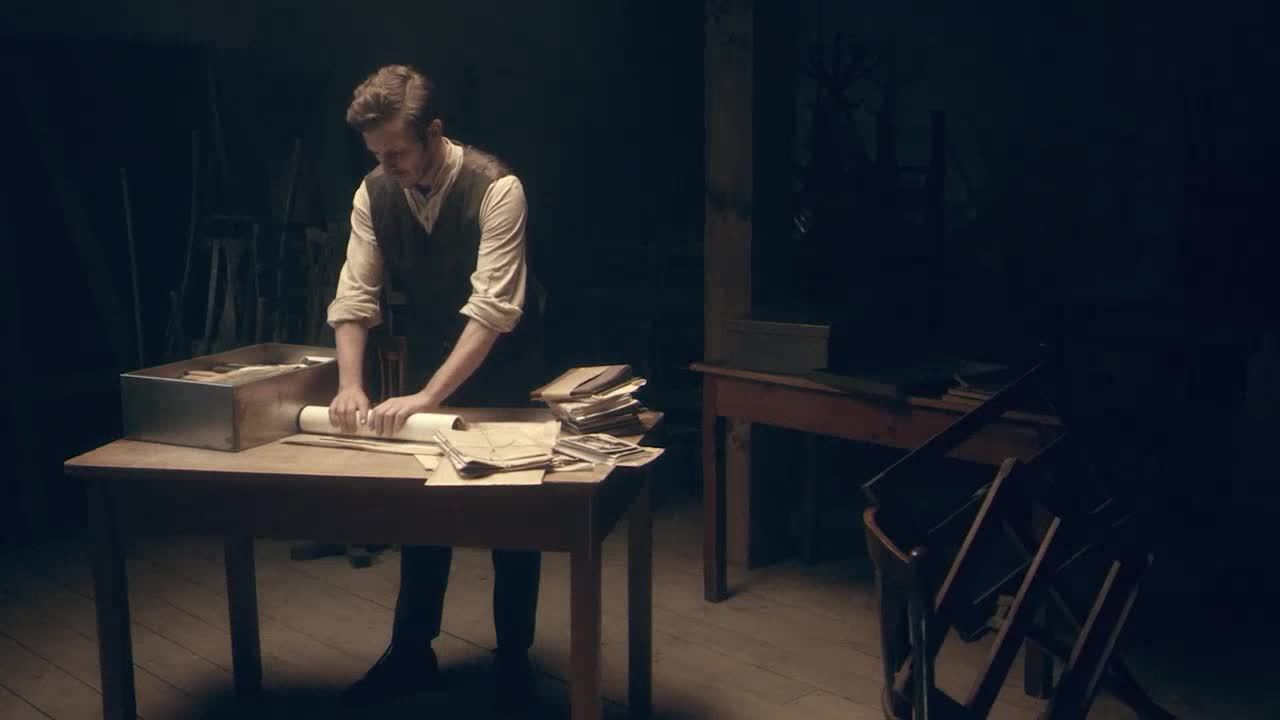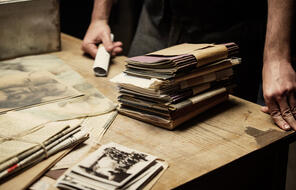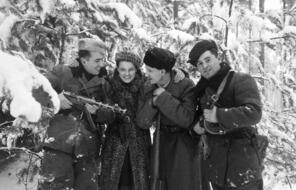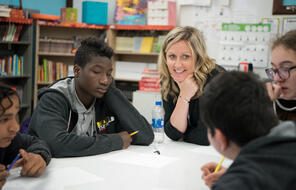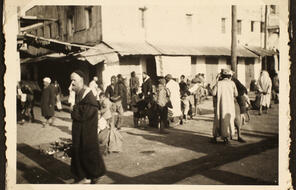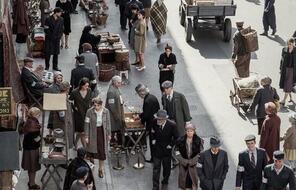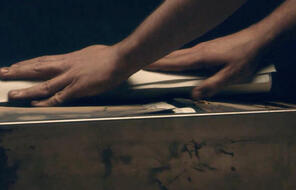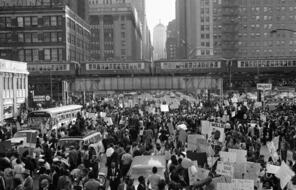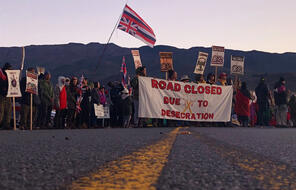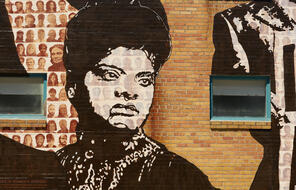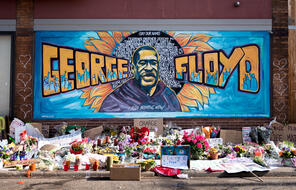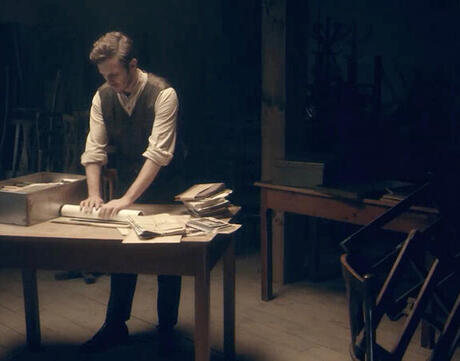
Watching Who Will Write Our History
Duration
Two 50-min class periodsSubject
- History
- Social Studies
Grade
7–12Language
English — USPublished
Overview
About This Lesson
In the Warsaw ghetto, from 1940 to 1943, a group called Oyneg Shabes (meaning “joy of the Sabbath” in Yiddish, a reference to the group’s practice of meeting on Saturdays) conducted research and secretly assembled an archive that documented both Nazi crimes and also residents’ brave efforts to maintain life in the face of death. Under the leadership of historian Emanuel Ringelblum, the group gathered writings, assembled statistics, and collected artwork, photographs, and objects of daily life, over 35,000 pages in all. Collected in tin boxes and aluminum milk crates, the documents were buried secretly in the ghetto in 1942 and 1943, in three places known only to a few people. Of approximately 60 people who worked with Oyneg Shabes, only three survived. After the war, they worked with other survivors to find the buried archives. Two sets of documents were uncovered, in 1946 and 1950. The third has never been found.
This lesson imparts the story of the Oyneg Shabes to students through a 37-minute classroom version of the documentary film Who Will Write Our History. Day 1 of this lesson, intended for the day of the film screening, offers suggestions for how to set a reflective tone before viewing the film and how to help students capture their observations, thoughts, and emotions in their journals immediately after. Day 2 provides students with the opportunity to analyze a document that was included in the Oyneg Shabes archive and to consider more deeply why it matters who was documenting and telling the stories of the Jews in the Warsaw ghetto for future generations.
While the film briefly puts the story of Oyneg Shabes in historical context, we recommend providing students with a deeper contextual background for the Warsaw ghetto and the Holocaust itself. If this deeper examination is not already part of your course, see the Notes to Teacher section below for additional lessons and resources for building important context for you and your students.
Preparing to Teach
A Note to Teachers
Before you teach this lesson, please review the following guidance to tailor this lesson to your students’ contexts and needs.
Activities
Day 1 Activities
Day 2 Activities
Extension Activities
Materials and Downloads
Watching Who Will Write Our History
Who Will Write Our History
Telling Our Histories
Unlimited Access to Learning. More Added Every Month.
Facing History & Ourselves is designed for educators who want to help students explore identity, think critically, grow emotionally, act ethically, and participate in civic life. It’s hard work, so we’ve developed some go-to professional learning opportunities to help you along the way.
Exploring ELA Text Selection with Julia Torres
On-Demand
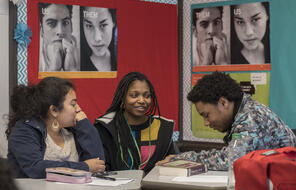
Working for Justice, Equity and Civic Agency in Our Schools: A Conversation with Clint Smith
On-Demand
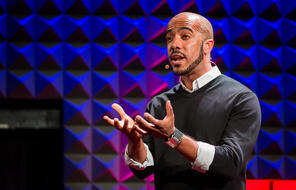
Centering Student Voices to Build Community and Agency
On-Demand
